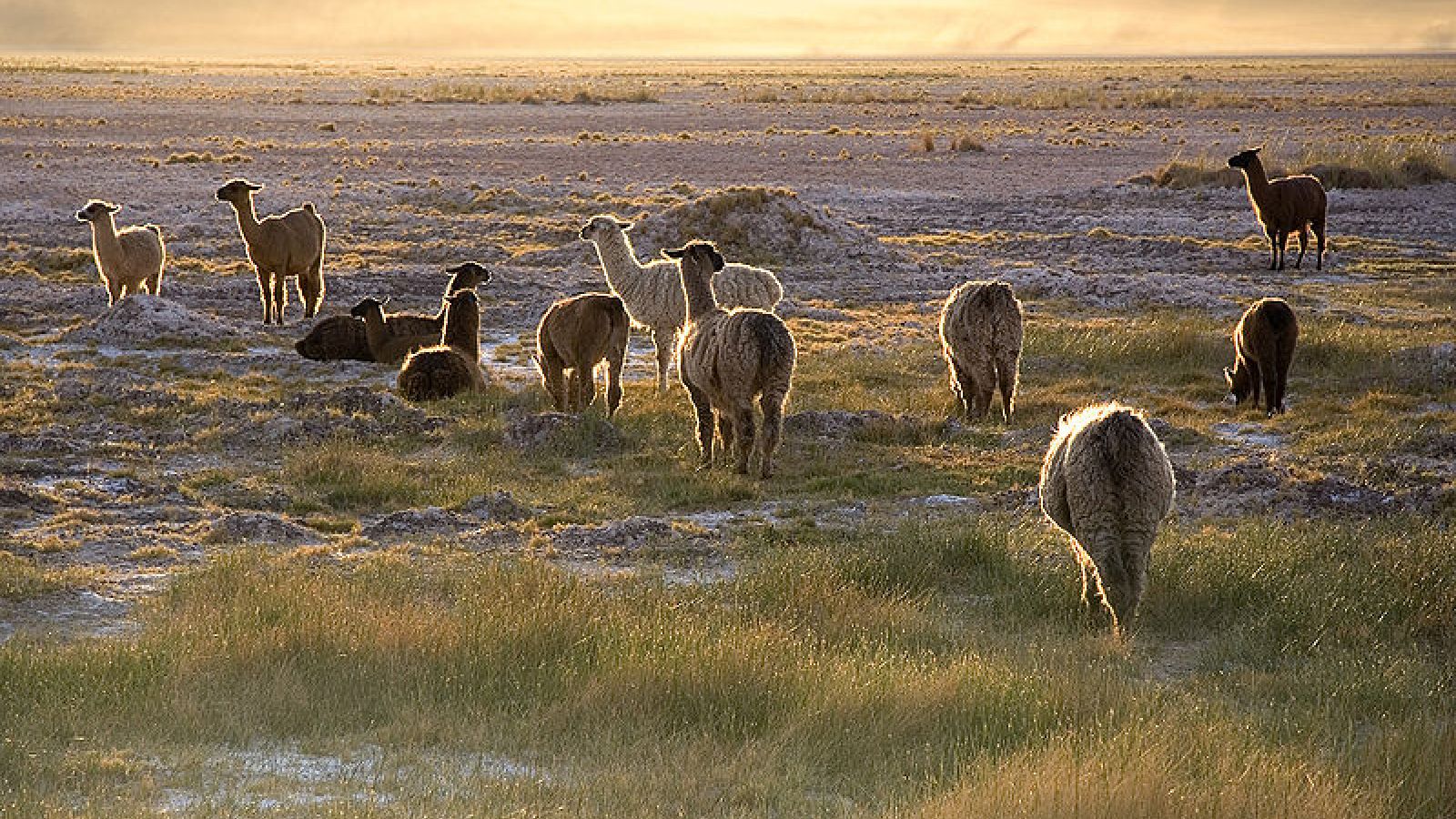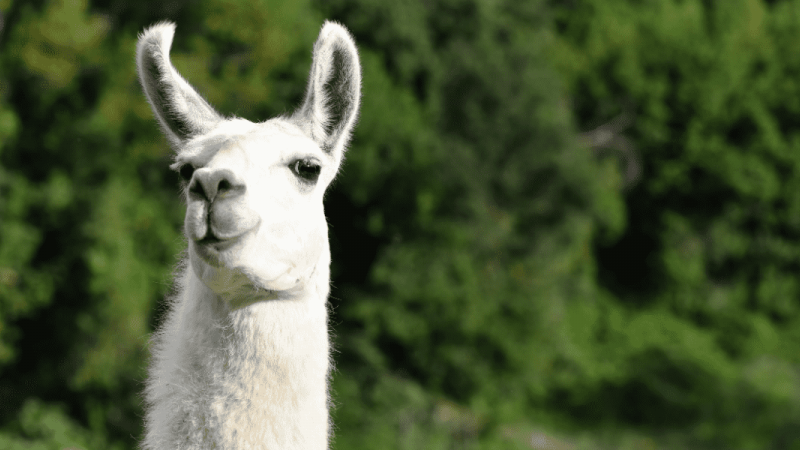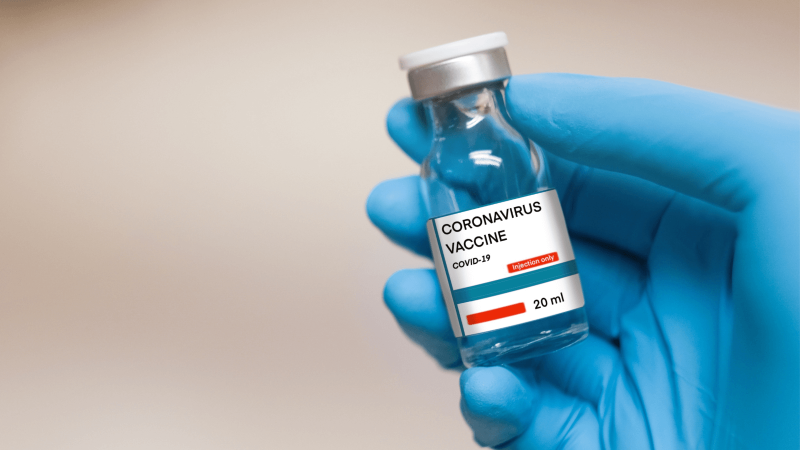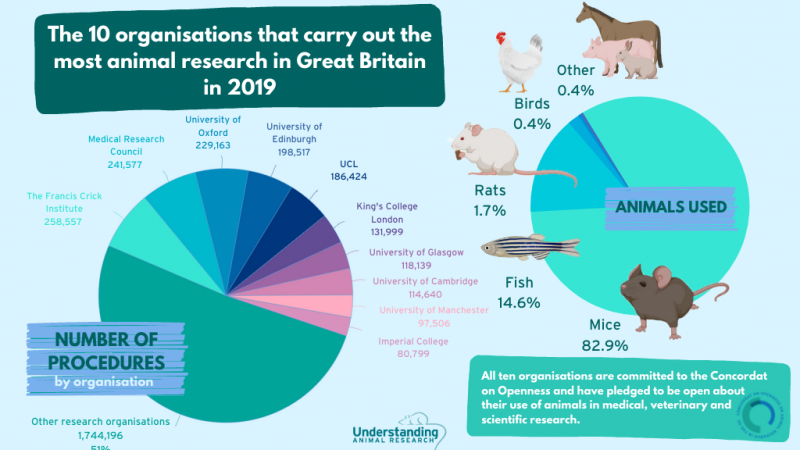The emergence of the novel human coronavirus SARS-CoV-2(COVID-19) has caused a worldwide pandemic. There are few therapeutic solutions so there is a real need to find a way to counter the virus. Researchers all over the globe are looking for new treatments to save thousands of lives.
For the time being, the first-line treatment for COVID-19 that anyone has on hand, stems from their own immune system. The body reacts to the presence of the virus and naturally tries to disarm the intruders. And researchers are trying to harness that capacity.
Antibodies are at the centre of attention. Also called immunoglobulins, they are large molecules produced by plasma cells that are used by the body to identify and neutralise pathogens, bacteria and viruses. Each antibody can recognise a unique molecule on a specific pathogen, bind to it, and tag it for destruction by the immune system, or directly neutralise it. Indeed, depending on whether the antibody attaches itself to the pathogen, it can impede the biological process causing a disease or inhibit a part of a microbe that is essential for its invasion and survival.
And antibodies could be as effective as a drug.
“If you take an aspirin to cure a headache, it will bind to a protein in the body to alleviate the pain. Antibodies can do something very similar but because of their inherent properties, they can bind very strongly and with a very high affinity to their target. So they are probably more potent than drugs,” explains Professor Gary Stephens, from the Reading School of Pharmacy.
“When the ailment comes from exterior pathogens, specific antibodies can equally neutralise them.”
Researchers hope to find a virus-fighting antibody, potent enough to play that role against SARS-CoV-2 (COVID-19), the virus causing all this havoc. And llamas may well hold the answer they are looking for.
Although the idea might seem far-fetched, llamas have very special antibodies, that are much smaller than conventional ones, so small they are sometimes called nanobodies.
Monoclonal antibodies, which are already widely used in medicine, are quite big and so often can’t reach their target properly. Nanobodies circumvent that issue and could, for example, cross the brain barrier, reaching new targets. But that is not all. Researchers can also use nanobodies to help design new synthetic drugs.
“These new nanobodies mean that a whole new breed of medicines can be developed to tackle diseases such as cancers and arthritis, which previously have been difficult to treat with normal drugs,“ adds Prof. Stephens.
“Nanobody technology is one of the most exciting new developments in medical research, and we’re pleased that the University of Reading is bringing its combined expertise in pharmacy research and animal husbandry to keep llamas for this purpose.”
The FDA approved the first nanobodies as a drug last year. They are made by introducing the molecular target of interest in the llama who then naturally build a response to it and make nanobodies against it. The llama blood is then collected, processed and filtered to purify the nanobodies produced.
“And although we do inject the llamas with an antigen and we do collect blood, it is only a very small amount of the total,” adds Prof. Stephens, who is also the home office project licence holder for the llamas at the University of Reading. He insures all the protocols are safe and don’t do any harm to the llamas.
“For any antigen that is inoculated, a specialised home office approval form has to be filled to show the benefits of the study and that it is necessary to raise this antibody in llamas and not in any other animal. You’ve got to justify why you want to do it, and of course justify that it is safe.”
The University of Reading is a signatory to the Concordat on Openness on Animal Research in the UK and in 2019 it won an Openness Award for their llama research social media campaign. The University is committed to the principles of 3Rs, working to replace, reduce and refine procedures on animals.
“The llamas are kept in a paddock with sheep and the students are always happy to go over and have a look. They are very friendly. The llama come from all over the UK, and sometimes they haven’t come from the greatest environments. There are actually quite a lot of llamas in the UK, more than I realised before we started the llama project. We take them in and we look after them. And, in return, the llamas give us antibodies and hopefully some lifesaving medicine in the future.”
There are lots of drug companies that are looking at nanobodies to produce therapeutic agents against different types of cancers, rheumatoid arthritis or even immune diseases. And hopefully they will also show some potency in helping us fight the latest infectious COVID-19 pandemic.
Update 11 May
Researchers from the University of Texas at Austin, USA, have found that antibodies taken from a llama are some of the first to neutralise the coronavirus.
They discovered that two copies of an antibody produced by llamas bind tightly to a protein, called the spike protein, on the coronavirus. This prevents the spike protein from performing its normal function, which is to break into host cells.
“The antibodies could also be used to treat somebody who is already sick to lessen the severity of the disease,” said co-author of the study Professor Jason McLellan in the Daily Mail.
The work was done in collaboration with the National Institutes of Health, USA, and Ghent University, Belgium.
Now the group intends to conduct preclinical research in animals such as monkeys or hamsters before moving onto human clinical trials.
Last edited: 21 April 2022 12:19





